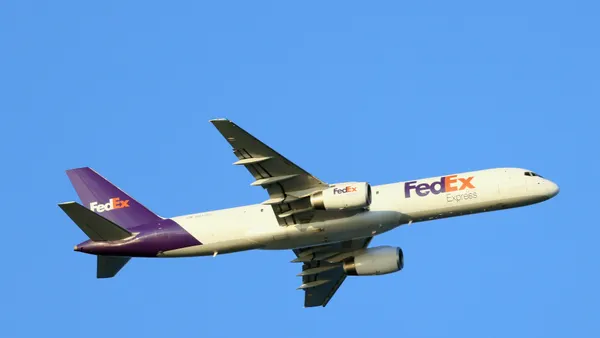Dive Brief:
- Meal-delivery startup Sprig closed its doors due to the "complexity of owning meal production through delivery at scale," The Wall Street Journal reported last week based on a message from the company's chief executive.
- Despite strong infusions from venture capitalists, meal-delivery startups are failing, burdened by high costs, narrow margins and perpetual, heated competition from other newcomers and established restaurants.
- To lure new customers, Sprig, like other start-ups, began with tempting discounts, but found itself unable to sustain interest once the trial period ended. The cost of employing "name" chefs also took its toll.
Dive Insight:
Meal delivery and meal kit startups are attempting to disrupt the food retail market with a simple idea: Provide just-in-time products for consumers by taking on the last mile challenge.
The promise has captured the minds of investors, but few have been able to find the pot at the end of the rainbow. Strong starts and lots of cash haven't diminished the volatility of meal-prep and delivery companies across the country. In fact, at least half a dozen meal delivery startups have already gone under or sold out, according to the Journal.
The chief executive's comments reveal the challenge for many of these companies lies within their supply chain processes, to achieve that delivery-at-scale. It may be easy to deliver meals from local kitchen, using software to optimize the process, but what when demand grows to require two, three or four kitchens across the country? Even meal kit companies, like Blue Apron, have endured repeated disruptions as they scale up due to disgruntled workers and safety penalties.
One theory about why some some meal delivery suppliers survive and others don't has to do with their competition: restaurant take-out.
Meal delivery companies are effectively restaurants offering little more than a menu, a delivery service, a box and a bill. As a result, meal delivery companies must also engage with local tastes in order to compete with their peers.
The market, then, relies on a premium paid for last-mile convenience — or delivery services. The question is whether such a premium has been overvalued by investors, especially as grocery stores invest in buy-online, pick-up in-store programs to offer a similar convenience, without taking on delivery costs.
Startup failures suggest as much, but then again, it may just be that the market is dwindling down to a few winners capable of handling the scale of a more-than $1 billion market.













